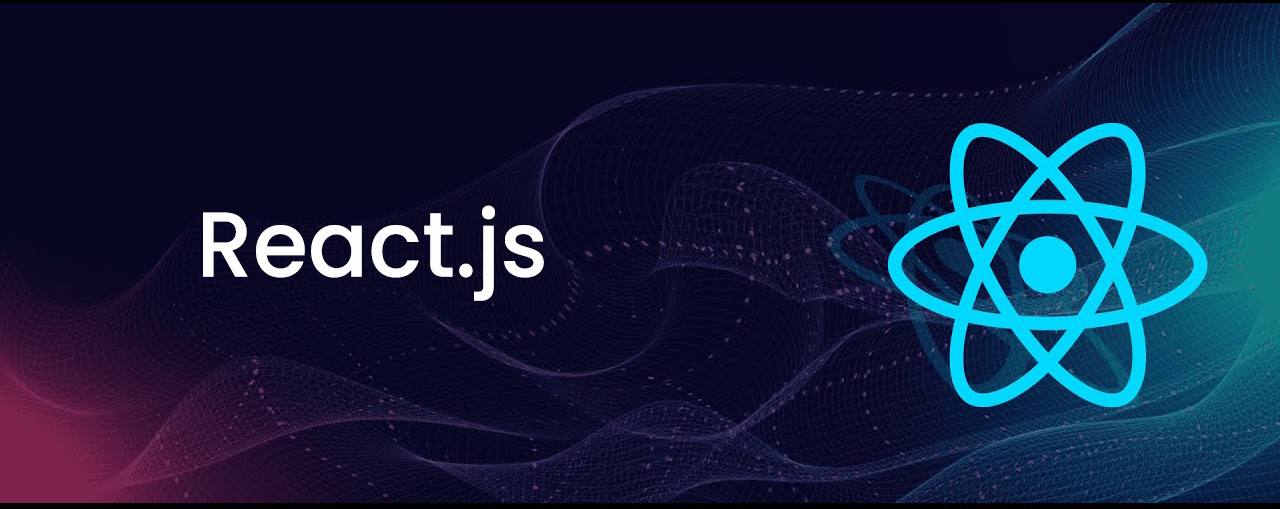
What is React?
React is a popular JavaScript library for building dynamic and interactive user interfaces, particularly for single-page applications (SPAs). Developed and maintained by Facebook, React allows developers to create reusable UI components and manage state efficiently. Since its release in 2013, React has grown to become one of the most widely used front-end libraries due to its performance and developer-friendly features.
React follows a declarative approach to programming, meaning developers describe the UI state, and React efficiently updates and renders the necessary components when data changes. Its virtual DOM (Document Object Model) ensures fast updates by minimizing direct manipulations of the actual DOM.
Why Use React?
React has several advantages that make it a preferred choice for web developers. Some key reasons to use React include:
- Component-Based Architecture – React encourages reusable and modular components, making code maintenance easier.
- Virtual DOM – Instead of directly manipulating the DOM, React updates a virtual representation of the DOM first, resulting in faster and more efficient rendering.
- Unidirectional Data Flow – React enforces a one-way data binding pattern, improving predictability and debugging.
- Strong Community Support – React has a large developer community, meaning extensive documentation, tutorials, and third-party libraries are available.
- Cross-Platform Development – React can be used for both web applications (React.js) and mobile applications (React Native).
- Easy Integration – React can be integrated into existing applications without the need to rewrite the entire project.
- Rich Ecosystem – Tools like Redux, Next.js, and React Router enhance React's capabilities for state management, server-side rendering, and routing.
React vs Other Frameworks
React competes with several front-end frameworks and libraries, each with its own strengths. Below is a comparison of React with other popular frameworks like Angular and Vue.js:
While Angular and Vue.js offer full-fledged frameworks with built-in features, React remains a library focused purely on the UI. Developers who prefer flexibility and performance often choose React, whereas those who need a structured framework may prefer Angular or Vue.js.
Setting Up a React Development Environment
To start developing with React, follow these steps to set up your development environment:
1. Install Node.js and npm
React requires Node.js and npm (Node Package Manager) to manage dependencies. Download and install Node.js from https://nodejs.org/, which includes npm by default.
Verify installation by running:
node -v npm -v
2. Create a New React App
The easiest way to set up a React project is by using Create React App (CRA):
npx create-react-app my-app cd my-app npm start
This will create a new React application and start a local development server at http://localhost:3000/.
3. Install Additional Dependencies (Optional)
You can enhance your React project with additional tools like:
npm install react-router-dom # For routing npm install redux react-redux # For state management
4. Use a Code Editor
VS Code is the recommended code editor for React development. Install relevant extensions like ES7+ React/Redux/React-Native snippets for a better development experience.
Understanding JSX
JSX (JavaScript XML) is a syntax extension for JavaScript that allows developers to write HTML-like code within JavaScript. It makes the UI code more readable and expressive.
Example:
import React from 'react';
function App() {
return (
<div>
<h1>Hello, React!</h1>
</div>
);
}
export default App;
In JSX:
- HTML elements are written inside JavaScript.
- JSX must have a single parent element (use
<Fragment>or<>if needed). - Expressions can be embedded using
{}(e.g.,{2 + 2}renders4). - JSX prevents XSS (Cross-Site Scripting) attacks by escaping values before rendering.
Conclusion
React is a powerful and efficient JavaScript library for building modern web applications. Its component-based architecture, virtual DOM, and strong community support make it a great choice for developers. By understanding its advantages, comparing it with other frameworks, and setting up a development environment, you can start your journey in React development.
Leave a Comment